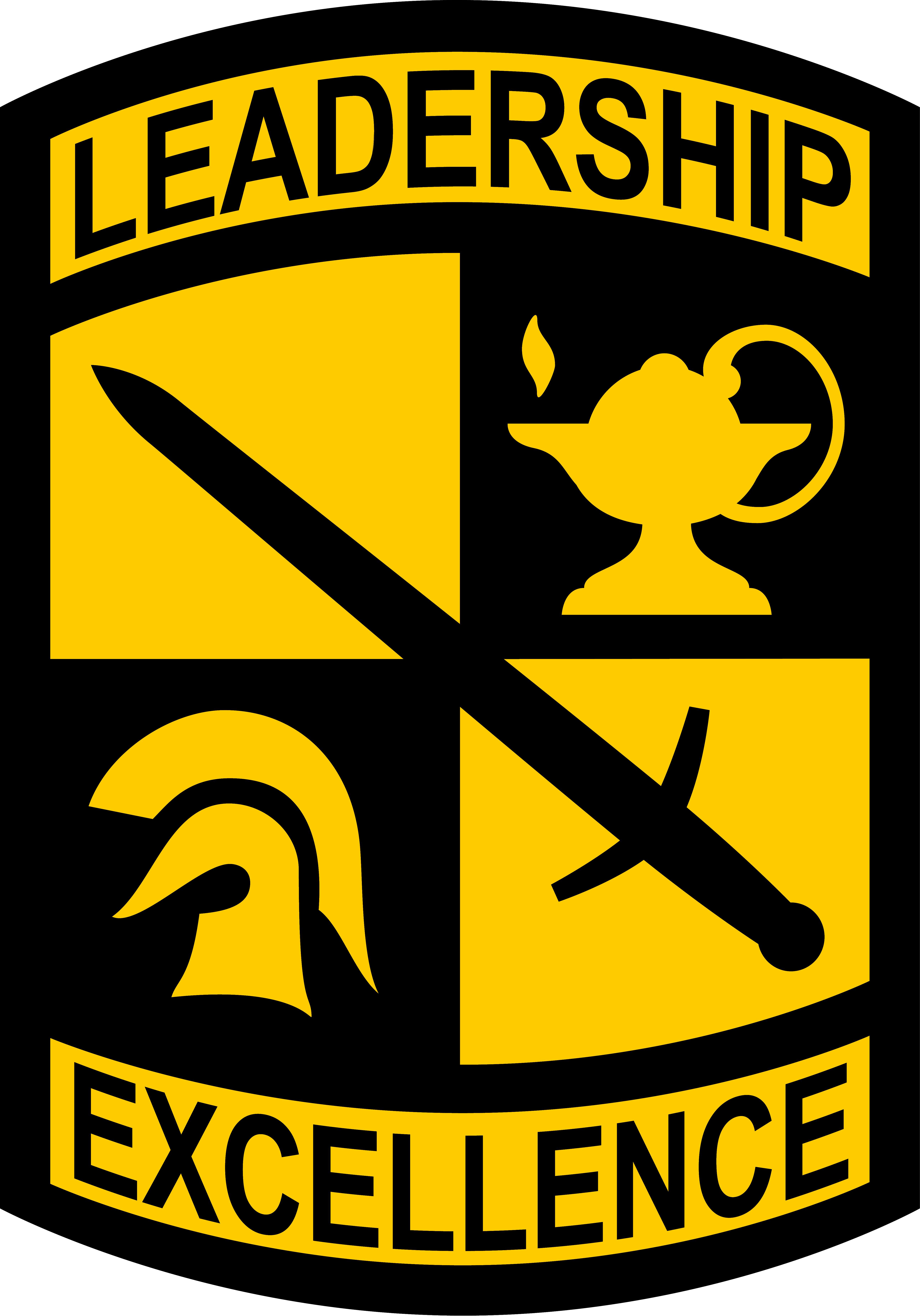FORT KNOX, Kentucky — Through trust, determination and confidence, Cadets with 2nd Regiment, Advanced Camp tackle the Chemical, Biological, Radiological and Nuclear chamber at Cadet Summer Training on Fort Knox, June 19, 2024.
The purpose of this exercise is to expose Cadets to a situation where they need to know how to properly don the proper equipment and ensure that the Mission Oriented Protective Posture is on accurately.
MOPP gear is differentiated by four levels. Cadets are tasked with putting MOPP3 on in a timely manner and with confidence. MOPP3 consist of boots, M51 Promask, gloves, hood, overgarment and gloves at the ready.
“Cadets will learn how to actually put on a Promask, clear and seal it to make sure they are breathing in clean air,” said Sgt. Chandler Bain, CBRN specialist. “We also make sure that they push out all the contaminants as well as when they’re in the chamber to not mess with their seal once they actually have a good seal.”
Preparation is key, practicing proper Promask utilization establishes more confidence in the equipment and better understanding of how to handle the situation at hand.
“If you don’t go the first time, they will make you go again,” said Cadet Samantha Collins, Austin Peay University. “Just so you have that rep in of understanding what you need to have on.”
Following instruction, Cadets are then separated by squad to enter the CBRN chamber.
Before they enter the chamber, Cadets test their Promasks again to double check that they are breathing in clean air before CS gas exposure. “They will do a series of exercises which will consist of just normal breathing, and then we’ll do deliberate breathing,” said Sgt. Bain.
After Cadets have raised their heart rate and gotten exposure to the gas with the Promask on, Cadets are then directed to turn to the door, take their Promask off and either sing a song or recite something determined by the operators in the chamber. While attempting to either sing or speak, the gas kicks in.
“Once you take off your mask, just take smaller breaths so you’re not inhaling everything, but once that CS gas hits, you start coughing and its usually the same for everyone,” said Sgt. Bain.
When the hard part is over, Cadets are guided outside to get as much gas residue off of their body as possible. This is done by continuing to breathe, blink and flapping their arms.
“You build that confidence in yourself and your equipment as well as your team,” said Cadet Angela Dalesandro, University of West Florida.
As said by Sgt. Bain, “just take smaller breaths so you’re not taking deep breaths and inhaling everything.” CBRN encourages Cadets to build trust in their equipment as well as themselves through this practical exercise.




